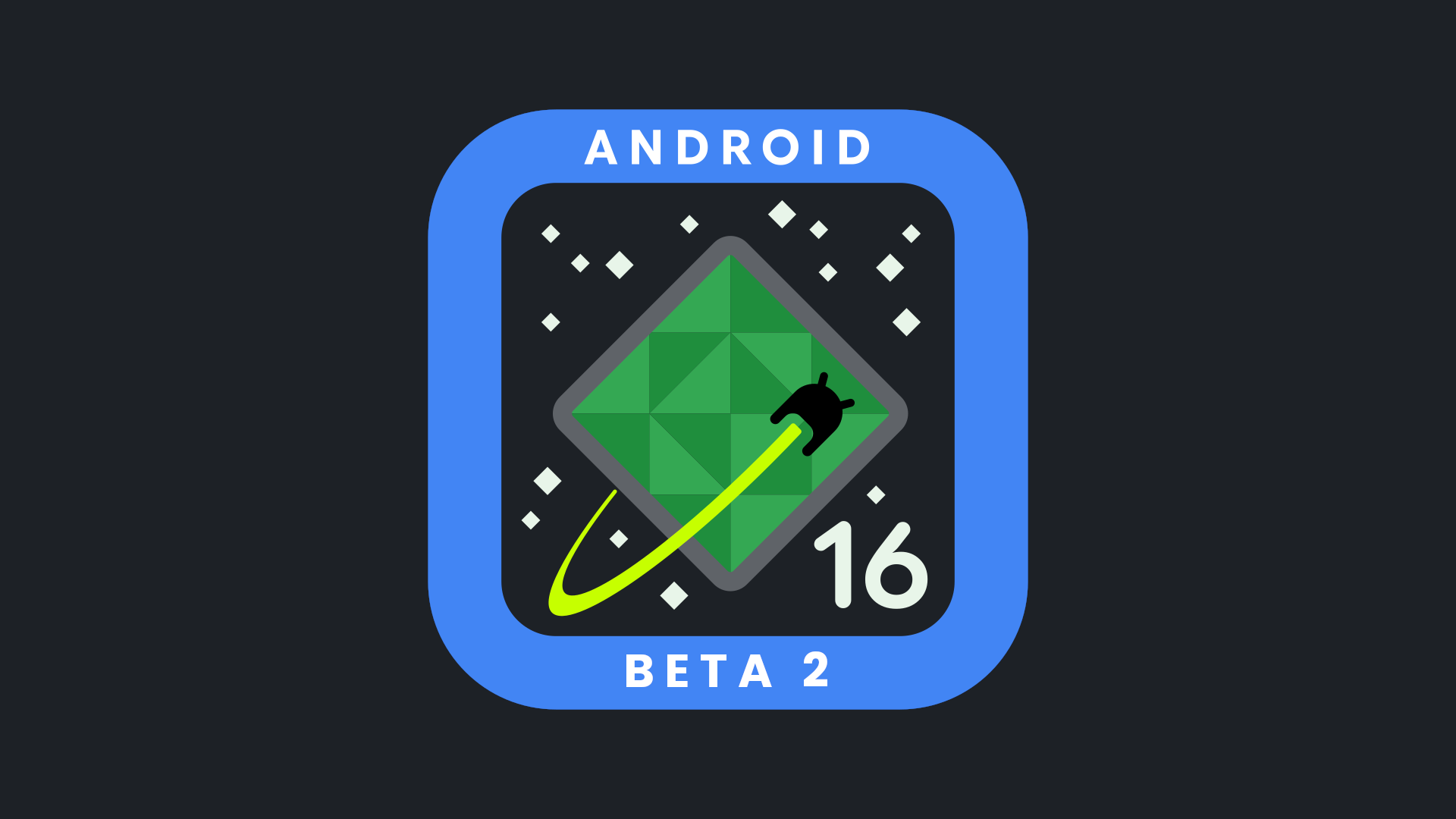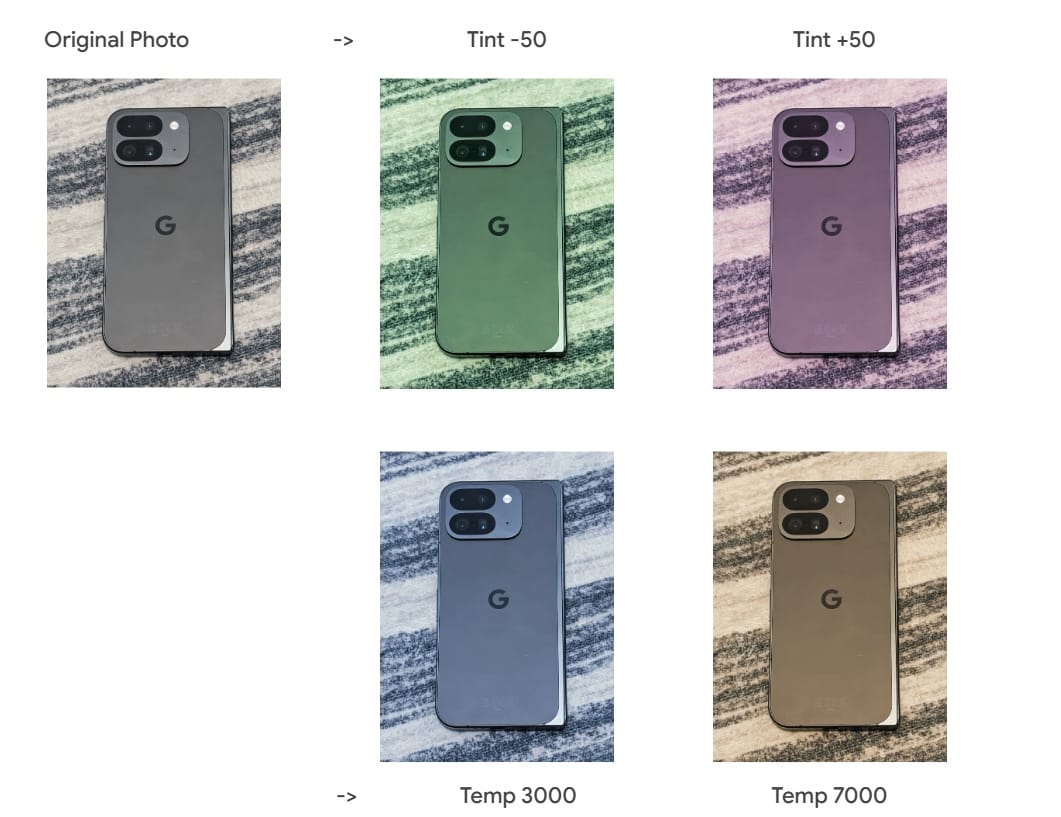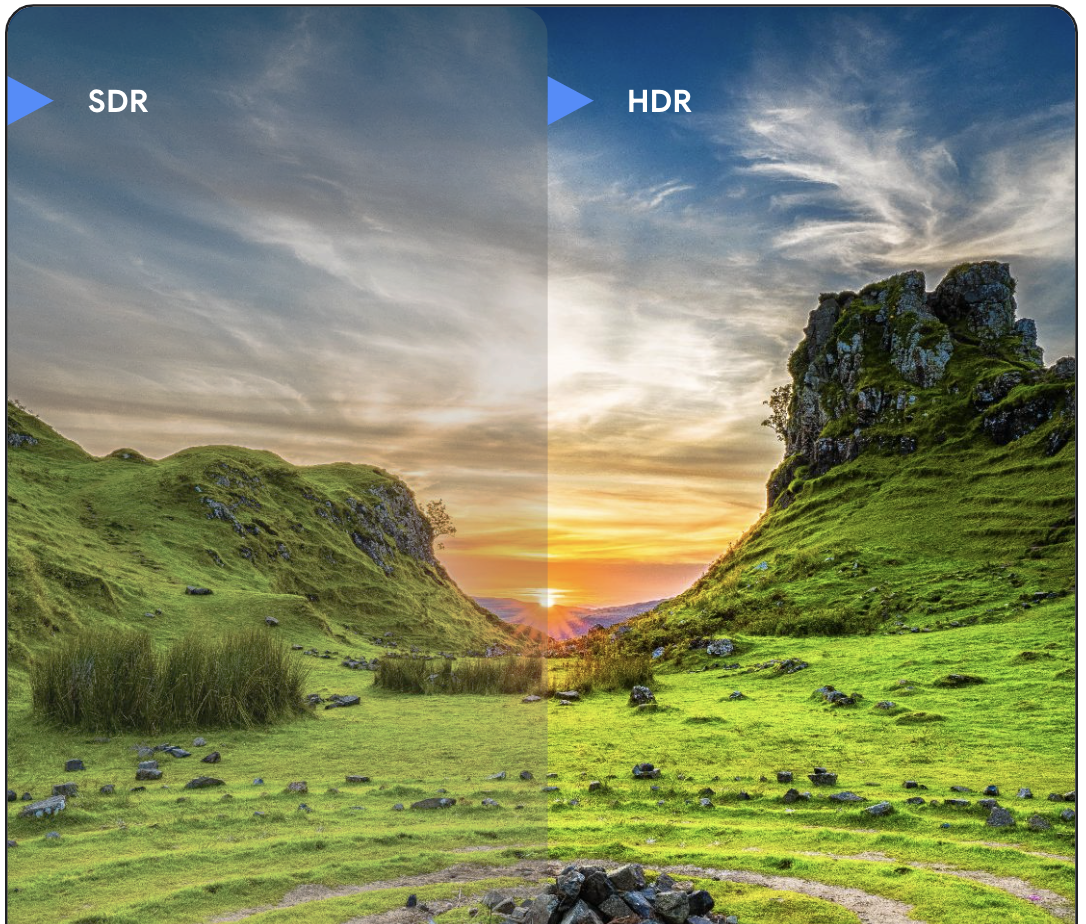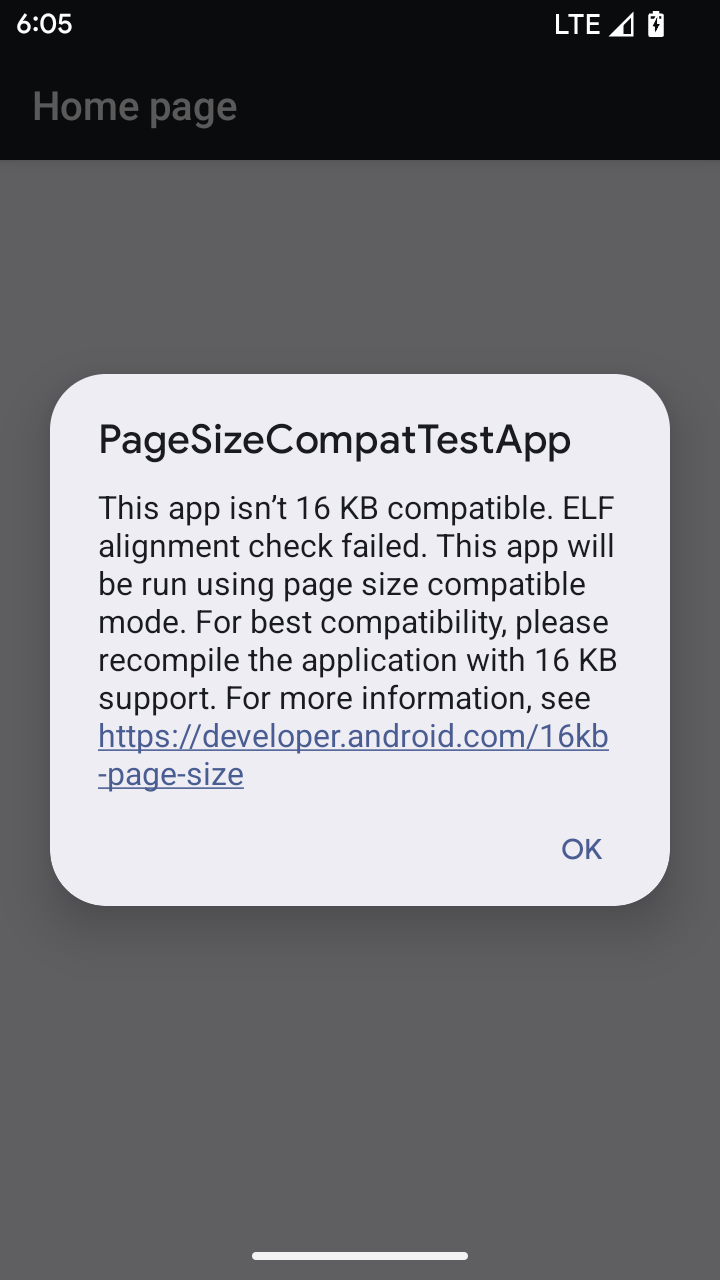Here's everything new in Android 16 Beta 2, according to Google.


Google has just announced Android 16 Beta 2, the second of four planned betas for this year's Android release. While the second beta of a major Android release typically showcases many key changes, that's not the case this time. Due to Android's faster release schedule, this year's second beta arrives much earlier than usual. Previously, these betas typically launched during or shortly after Google I/O, the developer conference where Google shares updates on Android and other products. There's still quite a lot that's new in Android 16 Beta 2, so let's dive right in.
Android 16 Beta 2 introduces new features for pro camera users, including:
Hybrid auto-exposure
New hybrid auto-exposure modes have been added to the Camera2 API that allow users to manually control specific aspects of exposure while letting the auto-exposure algorithm handle the rest. Google says that you can control ISO + AE and exposure time + AE, which is more flexible than the current approach where you either have full manual control or only auto-exposure.
Precise color temperature and tint adjustments
The Camera2 API in Android 16 Beta 2 also adds support for fine color temperature and tint adjustments to better support pro video recording apps. Currently, white balance settings are controlled through CONTROL_AWB_MODE, which contains a preset list of options like Incandescent, Cloudy, and Twilight. In contrast, COLOR_CORRECTION_MODE_CCT enables the use of COLOR_CORRECTION_COLOR_TEMPERATURE and COLOR_CORRECTION_COLOR_TINT for precise adjustments of white balance based on the correlated color temperature.

Motion photo capture intent actions
Android 16 adds standard Intent actions (ACTION_MOTION_PHOTO_CAPTURE and ACTION_MOTION_PHOTO_CAPTURE_SECURE) that apps can send to request the default camera app to capture and return a motion photo. Apps must either pass an extra EXTRA_OUTPUT to control where the image will be written or a Uri through Intent.setClipData(ClipData). If a ClipData isn't set, it will be copied there for you when calling Context.startActivity(Intent).
A motion photo captured from an Android phone.
Ultra HDR image enhancements
Android 16 adds support for Ultra HDR images stored in the HEIC file format.
Ultra HDR is an image format that Google introduced in Android 14. Ultra HDR images are comprised of a base image that's SDR and gainmap metadata that, when applied on top of the base SDR image, creates an HDR image.

Previously, Ultra HDR images were stored in the JPEG file format to make them universally compatible. HEIC is a more robust image format than JPEG as it's generally higher quality, compresses more efficiently, supports storing multiple photos in one file, supports transparency, and handles editing information.
These new Ultra HDR HEIC images will get ImageFormat type HEIC_ULTRAHDR and will contain an embedded gainmap similar to the existing Ultra HDR JPEG format.
Android 16 also implements additional parameters in Ultra HDR from the ISO 21496-1 standard, such as the ability to get and set the colorspace that gainmap math should be applied in as well as support for HDR encoded base images with SDR gainmaps. Finally, Google says it is working to add AVIF support for Ultra HDR as well.
Custom graphical effects with AGSL
Android 16 adds RuntimeColorFilter and RuntimeXfermode that let developers author "complex effects like Threshold, Sepia, and Hue Saturation and apply them to draw calls." Since Android 13, developers could "use AGSL to create custom RuntimeShaders that extend Shaders." The new API mirrors this by "adding an AGSL-powered RuntimeColorFilter that extends ColorFilters" as well as an "Xfermode effect that allows you to implement AGSL-based custom compositing and blending between source and destination pixels."
Android 16 Beta 2 also changes how the platform expects apps to behave:
Edge-to-edge opt out is going away
Android 15 enforced edge-to-edge mode for apps that target SDK version 35, but the OS provided an opt out mechanism. Starting in Android 16, though, the R.attr#windowOptOutEdgeToEdgeEnforcement attribute is deprecated and disabled for apps that target SDK version 36. This means that Android 16 won't let apps opt out of edge-to-edge mode once they update to target Android 16 or higher.
Granular body sensor permissions
Apps that target Android 16 or higher are required to transition to one of several granular health and fitness permissions instead of the BODY_SENSORS and BODY_SENSORS_BACKGROUND permissions if they want to continue using APIs that previously relied on these permissions. These granular permissions are under the android.permissions.health namespace also used by the Health Connect SDK.
The following data types, APIs, and foreground service types are affected:
Apps using the following APIs should request the respective granular permissions:
16KB page size compatibilty mode
To ease the transition to a 16KB memory page size, Android 16 adds a compatibility mode that allows some apps built for 4K memory pages to run on a device configured for 16KB memory pages. If Android detects an app has 4KB aligned memory pages, it will automatically enable this compatibility mode and display a message to the user. Developers can prevent the display of this message by setting the android:pageSizeCompat property in their app's manifest to enable the backwards compatibility mode, though Google recommends developers update their apps to be 16KB aligned to prepare for future devices.

Measurement system customization
In addition to first day of week and temperature settings, Android 16 now lets you specify what measurement system apps should use. This is part of Android's regional preferences within Settings and is something that apps have to be updated to respect. The user's preference is included as part of the locale code, so apps can register a BroadcastReceiver on ACTION_LOCALE_CHANGED to handle locale configuration changes when regional preferences change. Developers are encouraged to use formatters to help match the local experience.
Miscellaneous


As I mentioned at the beginning, there are two more betas left in the Android 16 beta program. The next beta, Android 16 Beta 3, will mark the Platform Stability milestone for Android 16, which is when the SDK APIs, NDK APIs, and app-facing system behaviors will be finalized. The stable Android 16 release is dropping sometime in Q2 of 2025, which is only a few months away.
If you want to install Android 16 Beta 2, you can do so by enrolling your Pixel device (Pixel 6 or later) in the Android beta program.